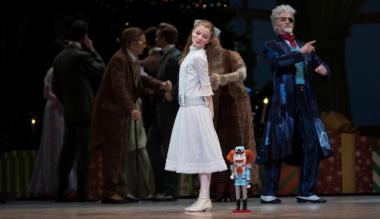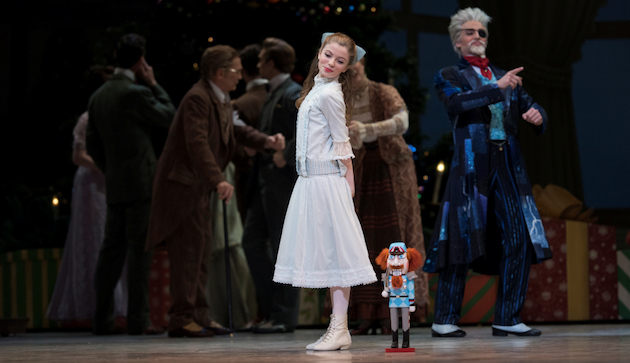
Aside from being totally enjoyable, the San Francisco Ballet’s opening-night Nutcracker performance Wednesday triggered in this onlooker a feeling of discovery and loss; a sense of pure nostalgia.
Watching Clara — the excellent Olivia Callander, a 14-year-old student at the San Francisco Ballet School — in Act I, wearing her white party dress, a huge bow in her hair, I was reminded of a photo of my mother, with her big sister and little brother. Big sister, my Aunt Ida, was wearing practically the same dress as Clara. She could have been Clara. Her hairdo was identical; her hair was the same color. She’d sewn her own dress, and my mother’s too.
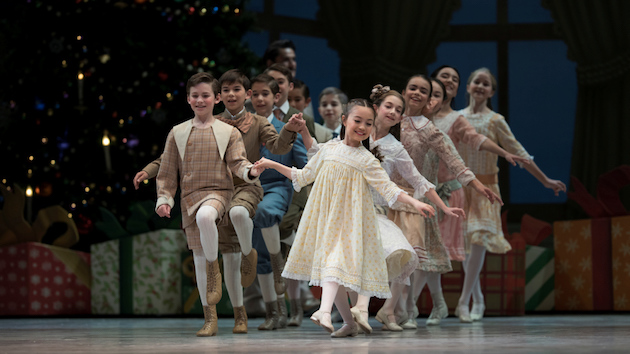
The photo, which sits on the piano in our living room, was taken in Brooklyn, New York, circa 1917, three years past the setting for Artistic Director Helgi Tomasson’s tribute to San Francisco and the miracles of childhood and the holiday season. Seeing the ballet while imagining my mother, aunt and uncle in that era was an unexpected gift after many viewings of the same production since its 2004 premiere.
I suspect that I’m not alone in this. Seen clinically, it may be the engine that drives the Nutcracker’s annual success as a Christmastide cash cow in versions across the nation.
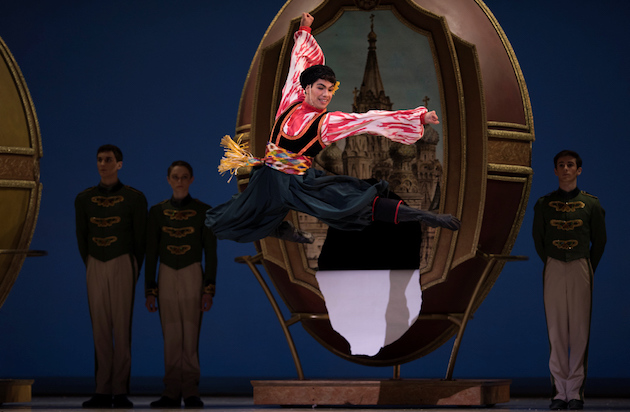
Tomasson’s is easily among the great ones. With a cast showcasing the rising and steady talents of the company, plus the rotating ensemble of students who fill out the party scene and the second-act variations, it’s quickly become an enduring tradition.
This year’s went forward with a delicacy to these eyes not always present. Has the snow scene, with its jetés and twirling flakes — led by a sparkling Frances Chung as the Snow Queen and the buoyant Vitor Luiz as her king — ever looked this melting, this fragile, or Tchaikovsky’s brilliant score, conducted by Martin West, felt so evanescent?
As the Sugar Plum Fairy, Sasha de Sola was the perfect lens for the music, twinkling brightly, pointe shoes barely touching the floor as she marshaled her gossamer-winged butterflies and tiny tender ladybugs. The dance ended in a pose right out of a 1914 greeting card, de Sola centered above the fluttering butterflies. Michael Yeargan’s scenic and Martin Pakledinaz’s costume designs, lit by James K. Ingalls, give the scene a hand-tinted radiance.
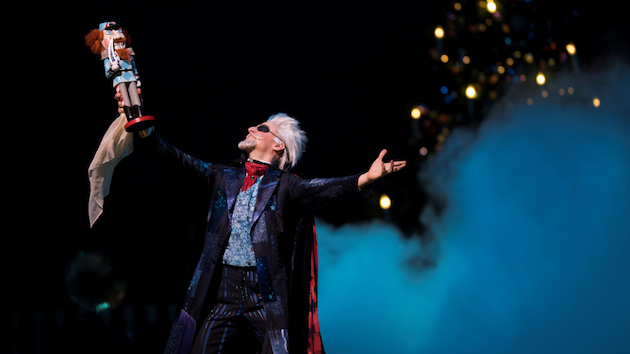
The first act, the party scene in which Uncle Drosselmeyer (Rubén Martín Cintas) appears behind a swirl of his cape and duly presents Clara with the Nutcracker, took off right out of the box as life-size dancing dolls Max Cauthorn, Lauren Parrott, and James Sofranko maximized the choreography. Cauthorn’s yellow clown was as boneless as spaghetti and yet completely in control of every muscle. Parrott, as the pink ballerina doll, was drolly compliant, her stiff legs sticking straight out as she was hefted off the stage, while Sofranko was the perfect soldierly martinet. The children, meticulously rehearsed, were ever-natural in their dances, and Shane Wexelman, as Clara’s jealous little brother, was a fine ringleader.
Drosselmeyer was everywhere, always fun to notice by dint of his mystic flourishes, but never stealing a scene. When Clara met her Nutcracker Prince (Joseph Walsh), Drosselmeyer brought forth — out of nowhere, in blazing light — the crystal coach and horses to take them to the land of snow.
Act II’s standout variations included Arabian, with corps dancer Ludmilla Bizalion’s sexy bellydance; Lonnie Weeks’ amazingly high-flying Chinese solo, accompanied by student lion dancers; Esteban Hernandez whirling and bouncing, high and precise as the leading Russian dancer, with Blake Kessler and Myles Thatcher as his ably elevating comrades in the divertissement choreographed by Anatole Vilzak. Louis Schilling, as Mother Ginger, presided over her circus-tent skirt as the child Buffoons frolicked through their acrobatics and summoned a sleepy but adorable brown bear (Davide Occhipinti), looking cuddly even as he strove to hold an arabesque.
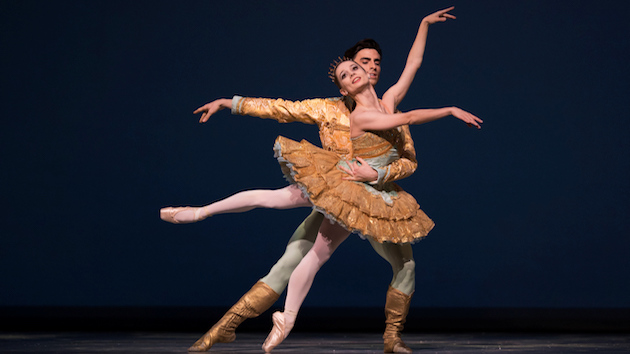
As for the Grand Pas de Deux, Maria Kochetkova mesmerized. She’s small, she’s powerful, and her strength and control leads paradoxically to steps of incredible fragility and musicality. I wouldn’t have been in the least surprised if she’d vanished into thin air when the pas de deux ended. Walsh is superb, with grace, speed and understated strength. His ebullience and power is reminiscent of the legendary Edward Villella’s. His solo included perfect circling barrel turns and grand jetes, and he had enough left to easily embrace Kotchetkova in lifts and their final breathtaking fish dive.
Thanks, all, for the memories.
Performances through Dec. 30. Details and tickets at the S.F. Ballet website.

